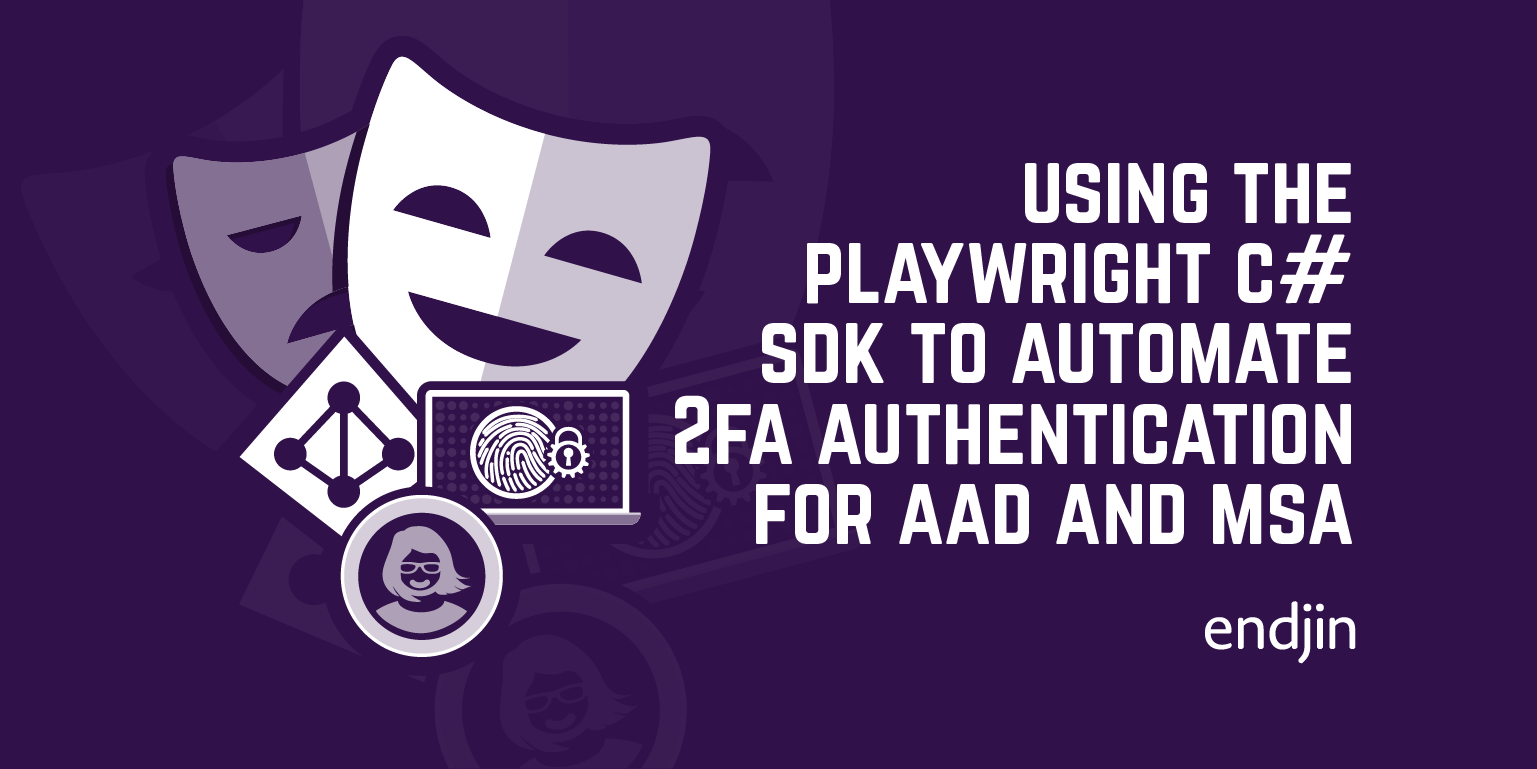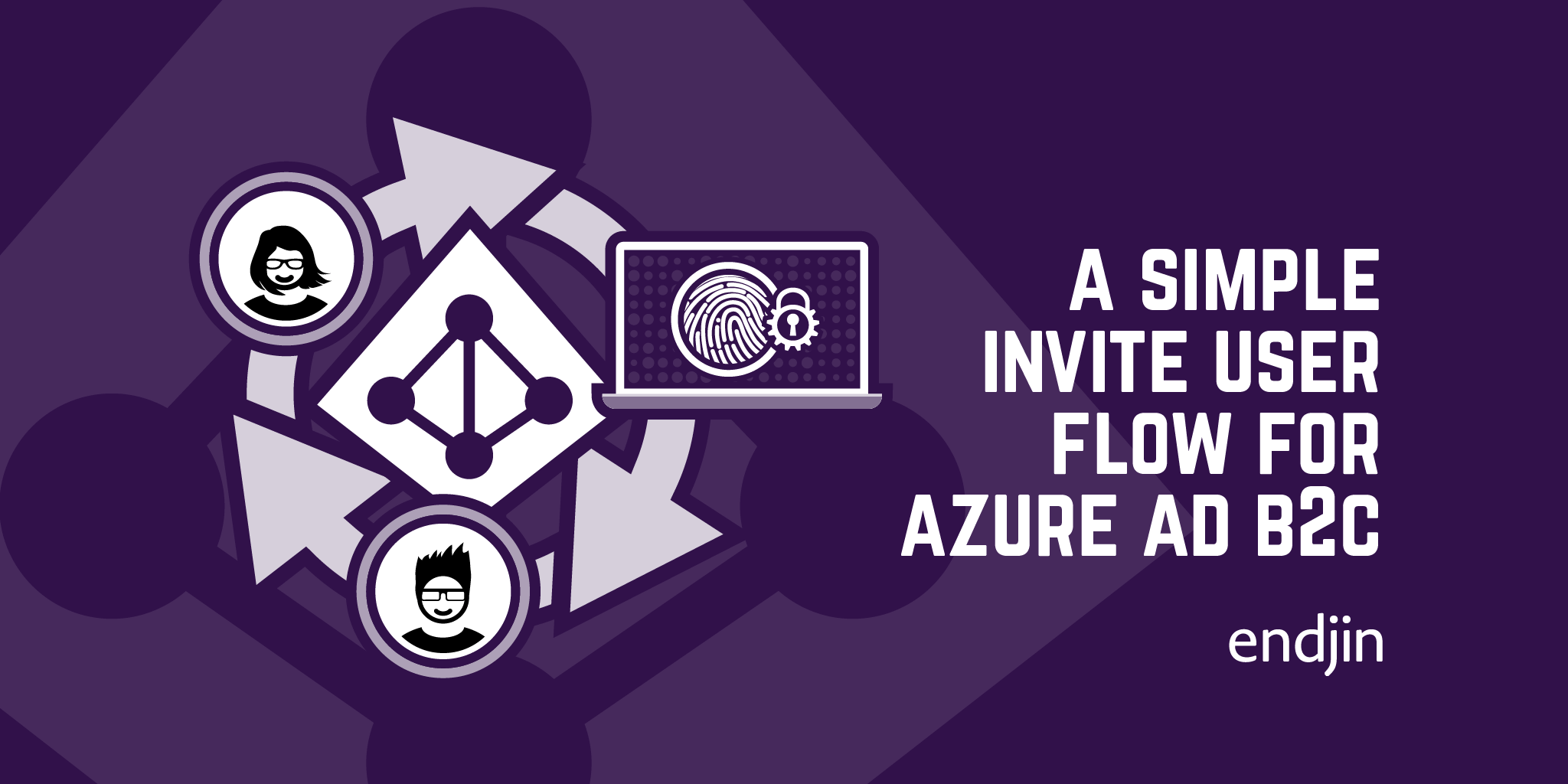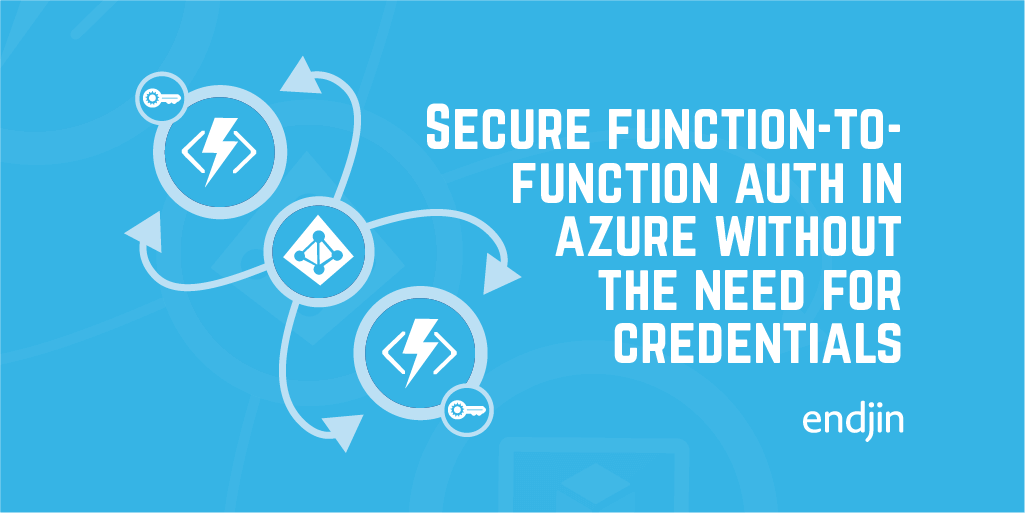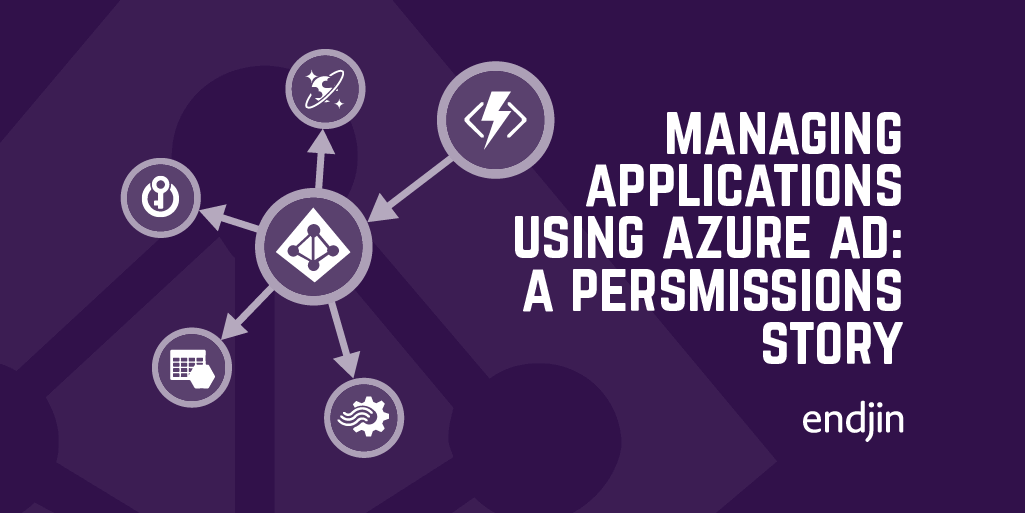Using the Playwright C# SDK to automate 2FA authentication for AAD and MSA

Two-Factor Authentication (2FA) is becoming a sensible default requirement for most organisations and web sites. This simple feature adds significant protection to users. The downside is that it causes significant complexity for anyone trying to implement UI Automation Tests where the second-factor requires human-intervention. We can solve this impasse by configuring AAD / MSA accounts with Time-based One-Time Passwords (TOTP), using OTP.NET and Playwright. A sample project is provided.
Playwright is an excellent cross-browser, cross-platform, cross-language modern web app testing framework. The C# SDK makes elegant use of async / await semantics to produce clean, easy to understand, reliable & resilient automation code. You can use Playwright in a console app or in a unit testing project (NUnit / MSTest).
Getting started is as simple as adding a reference to the NuGet package Microsoft.Playwright and then you can open a Windows Terminal session, navigate to the root of your project and use the following command to spawn a browser and interaction recorder:
pwsh bin/Debug/net7.0/playwright.ps1 codegen https://endjin.com/
Your interaction with the web page are converted into C# using the Playwright SDK. It's an incredibly simple way to get started and create something useful.
The UI Automation Testing and 2FA Dilemma
In order to automate testing a web app that provides authentication using AAD or MSA account with 2FA, there are a couple of strategies you can take:
- Create a dedicated test user
- Configure your own account
The secret sauce to allow automation of 2FA is to enable Time-based One-Time Password (TOTP) on these accounts.
Configure your Azure Active Directory Account (AAD)
For AAD, use the following steps to get to the Authenticator App configuration screen. Rather than using the default option of the excellent Microsoft Authenticator App, you need to go down the path of manual configuration in order to access the Secret key that you can use to generate a TOTP.
- Navigate to https://mysignins.microsoft.com/security-info
- Click "Add sign-in method"
- Click "authenticator app"
- Click the "I want to use a different authenticator app" link
- Set up your account
- Click the Next button
- Click the "Can't scan image" button
- Set up Auth app + save Secret key for later!

The final step is to change your default 2FA method. In order to be able to fully automate the 2FA authentication process, you need to select "App based authentication or hardware token - code". This will allow you to enter a Time-based One-Time Password (TOTP) rather than perform a manual notification approval via a authenticator app.

Configure your Microsoft Account (MSA)
If you use a Microsoft Account, the process is very similar. You need to follow the manual configuration process to access the Secret key:
- Navigate to https://account.microsoft.com/security
- Advanced security options
- Add a new way to sign in or verify
- Use an app
- Set up a different authenticator app
- Click the Next button
- Click the "I can't scan the barcode" link
- Set up Auth app + save Secret key for later!

Using OTP.NET to generate a TOTP
OTP.NET makes it incredibly simple to use the Secret key to generate a Time-based One-Time Password (TOTP):
private static string GenerateTwoFactorAuthCode(string secret)
{
Totp totp = new(secretKey: Base32Encoding.ToBytes(secret));
return totp.ComputeTotp();
}
Configure Environment Variables
I've created a sample project that demonstrates how to automate authentication with 2FA with accounts configured as above using Playwrite and OTP.NET. In order to run the sample, you need to set the following Environment Variables:
PLAYWRIGHT_AAD_ACCOUNT_USERNAME = <YOUR AAD EMAIL ADDRESS>
PLAYWRIGHT_AAD_ACCOUNT_PASSWORD = <YOUR AAD PASSWORD>
PLAYWRIGHT_AAD_ACCOUNT_TOTP = <THE SECRET KEY YOU SAVED DURING AAD 2FA SETUP>
PLAYWRIGHT_MSA_ACCOUNT_USERNAME = <YOUR MSA EMAIL ADDRESS>
PLAYWRIGHT_MSA_ACCOUNT_PASSWORD = <YOUR MSA PASSWORD>
PLAYWRIGHT_MSA_ACCOUNT_TOTP = <THE SECRET KEY YOU SAVED DURING MSA 2FA SETUP>

If you had Visual Studio open, you will need to restart it, and re-open the solution to access the new Environment Variables.

This approach could be adapted if you wanted to run this code within GitHub Actions where you'd store these values as Secrets. Alternatively you could store them in Azure Key Vault.
Demo Solution
You can find all the code in the https://github.com/endjin/playwright-two-factor-auth-csharp repo in the endjin GitHub org




